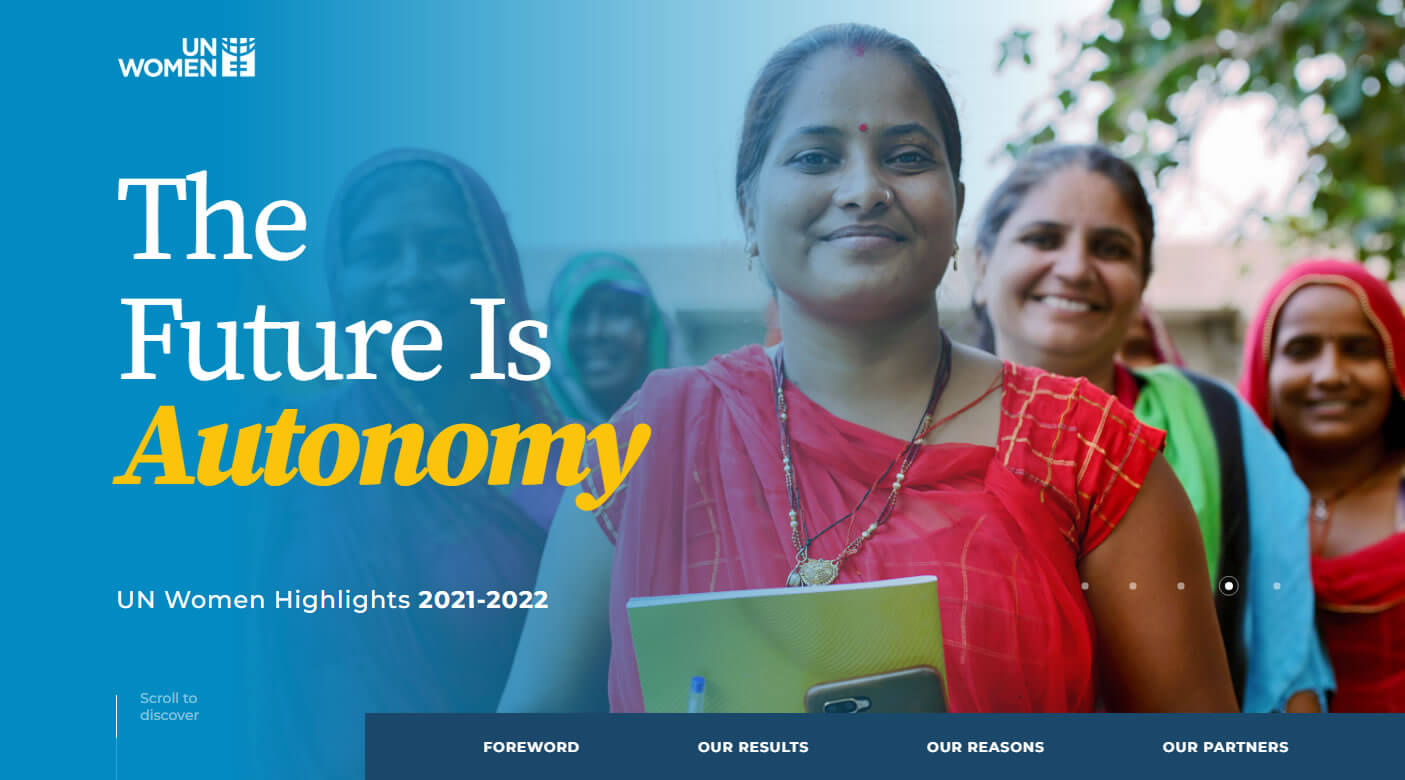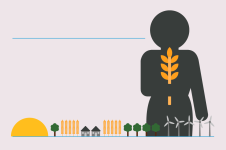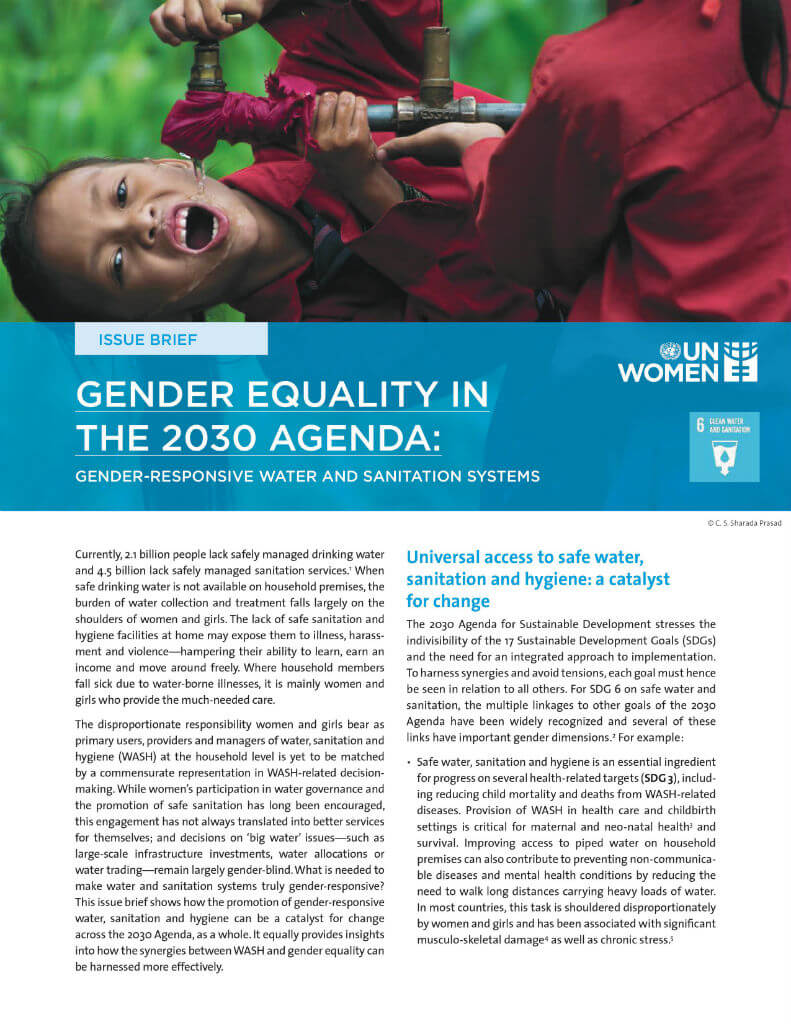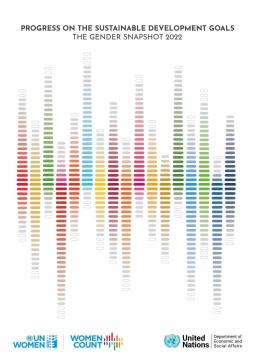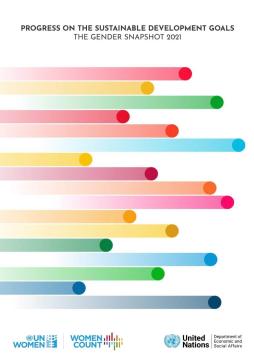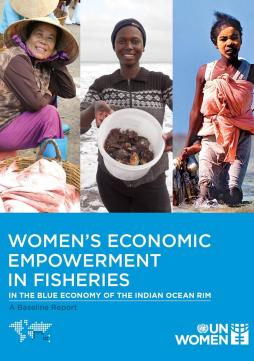Gender equality in the 2030 Agenda: Gender-responsive water and sanitation systems
Currently, 2.1 billion people lack safely managed drinking water, and 4.5 billion lack safely managed sanitation services. When safe drinking water is not available on household premises, the burden of water collection and treatment falls largely on the shoulders of women and girls. The lack of safe sanitation and hygiene facilities at home may expose them to illness, harassment and violence, hampering their ability to learn, earn an income, and move around freely. Where household members fall sick due to water-borne illnesses, it is mainly women and girls who provide the much-needed care.
The disproportionate responsibility women and girls bear as primary users, providers, and managers of water, sanitation, and hygiene (WASH) at the household level is yet to be matched by a commensurate representation in WASH-related decision-making. While women’s participation in water governance and the promotion of safe sanitation has long been encouraged, this engagement has not always translated into better services for themselves, and decisions on “big water” issues—such as large-scale infrastructure investments, water allocations, or water trading—remain largely gender-blind.
What is needed to make water and sanitation systems truly gender-responsive?
This issue brief shows how the promotion of gender-responsive water, sanitation, and hygiene can be a catalyst for change across the 2030 Agenda for Sustainable Development. It equally provides insights into how the synergies between WASH and gender equality can be harnessed more effectively.




